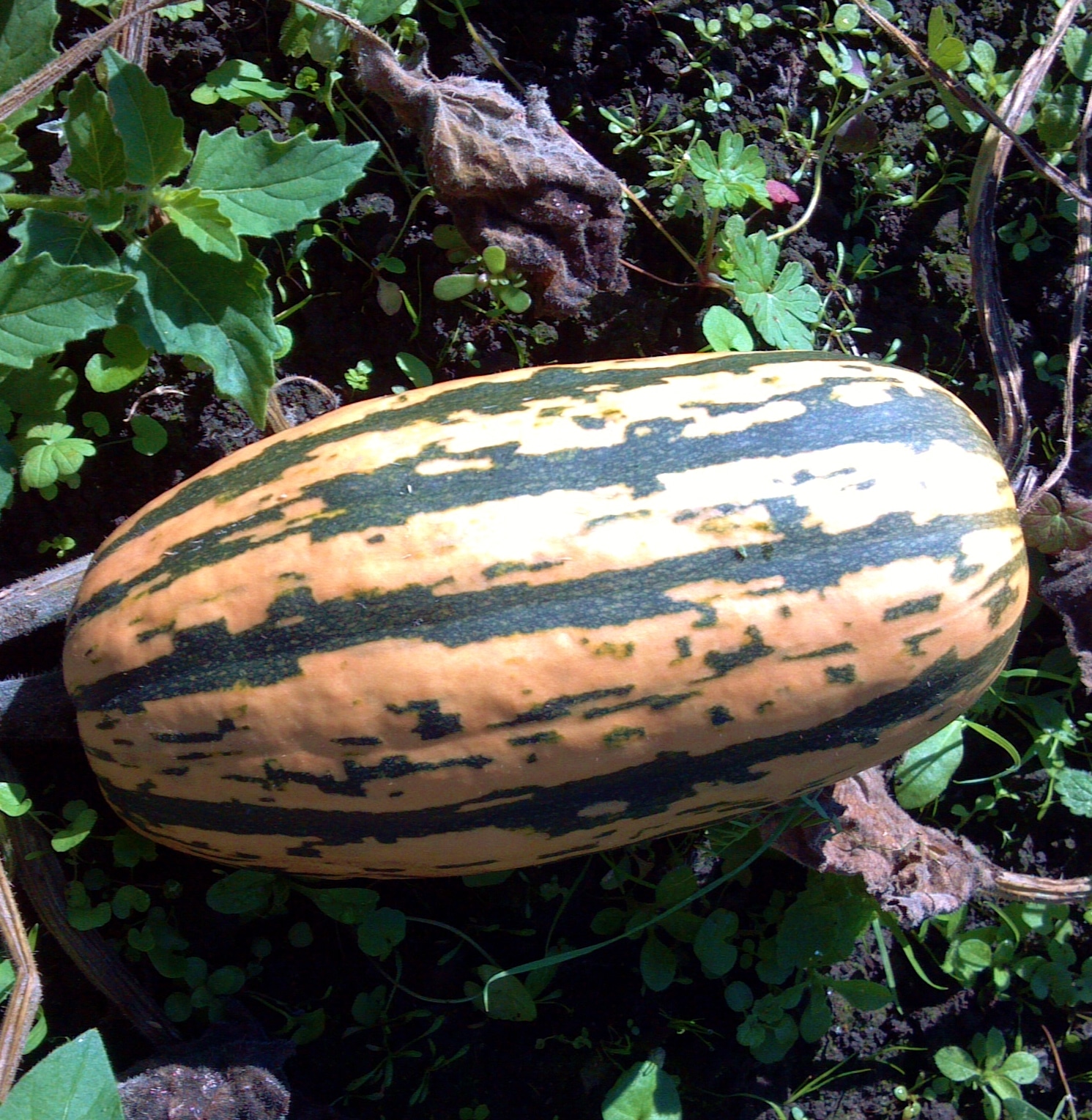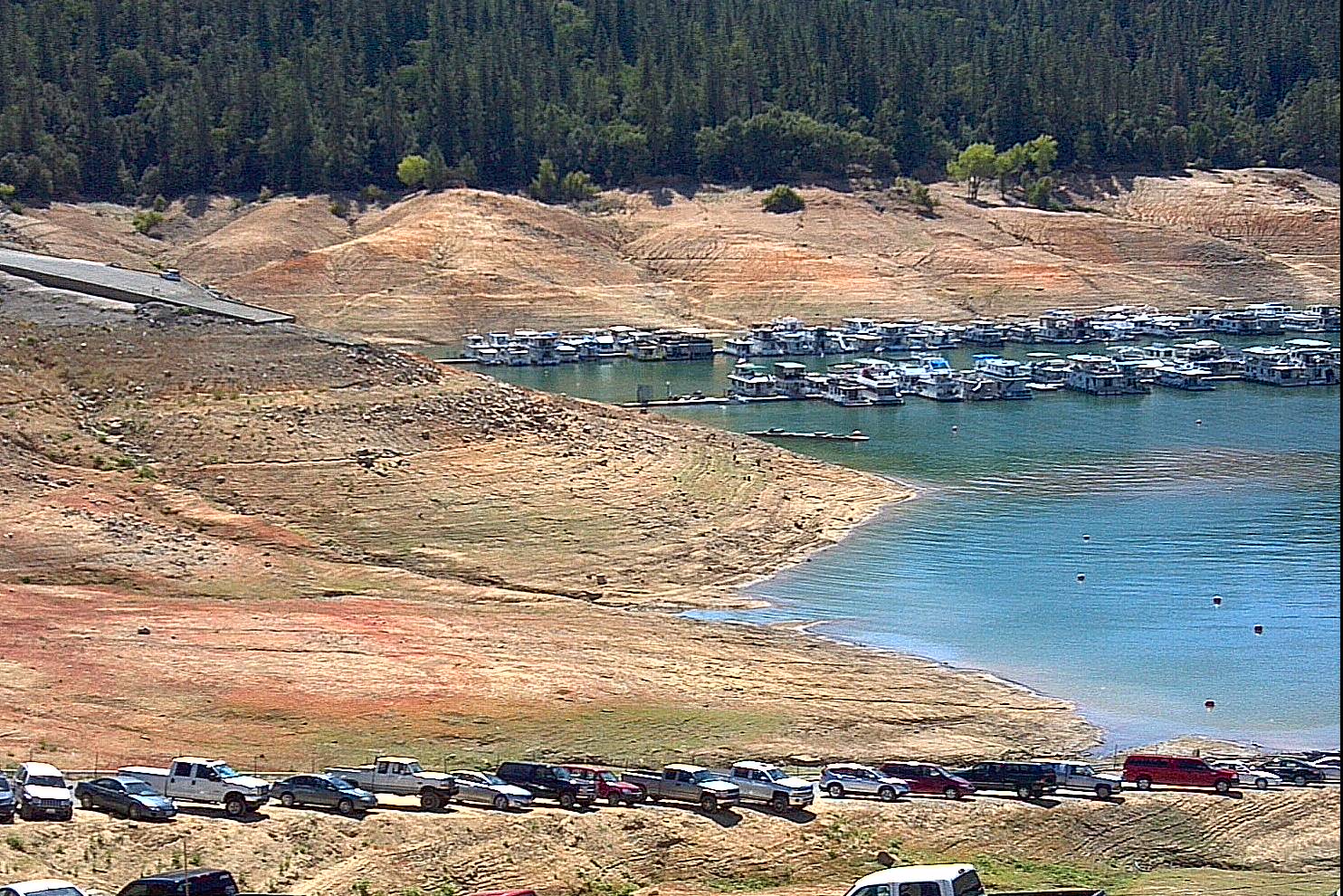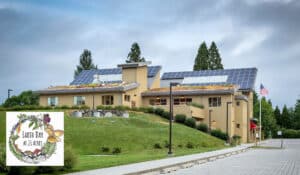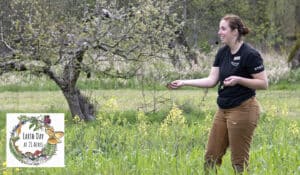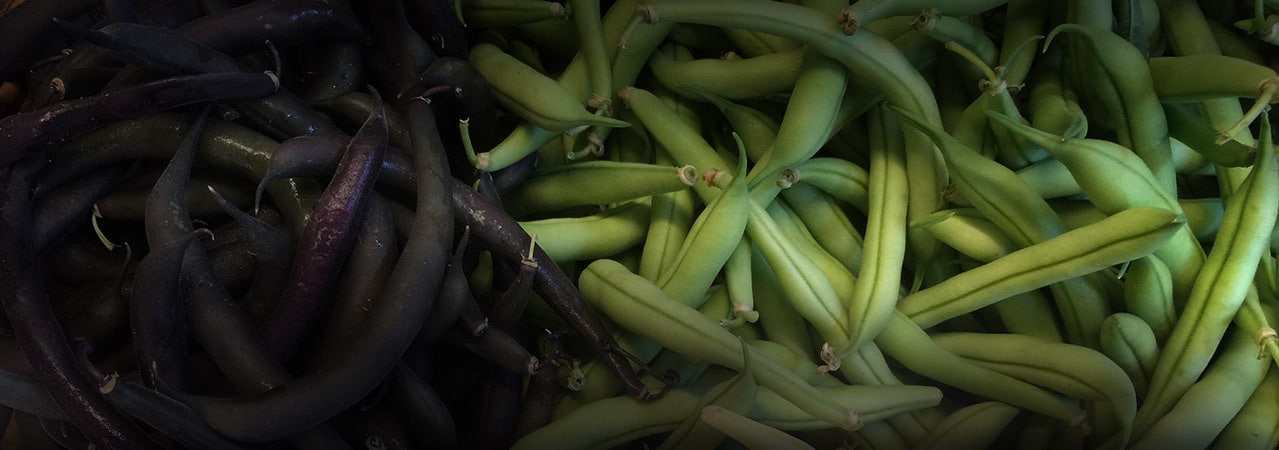
Farm Update September 2015
Farm Update September 2015
- posted on: September 26, 2015
- posted by: 21 Acres
"*" indicates required fields

Hi, all.
Fall is in the air! Crisp air and shorter daylight clearly indicate the season’s shift. Frankly, this change of the 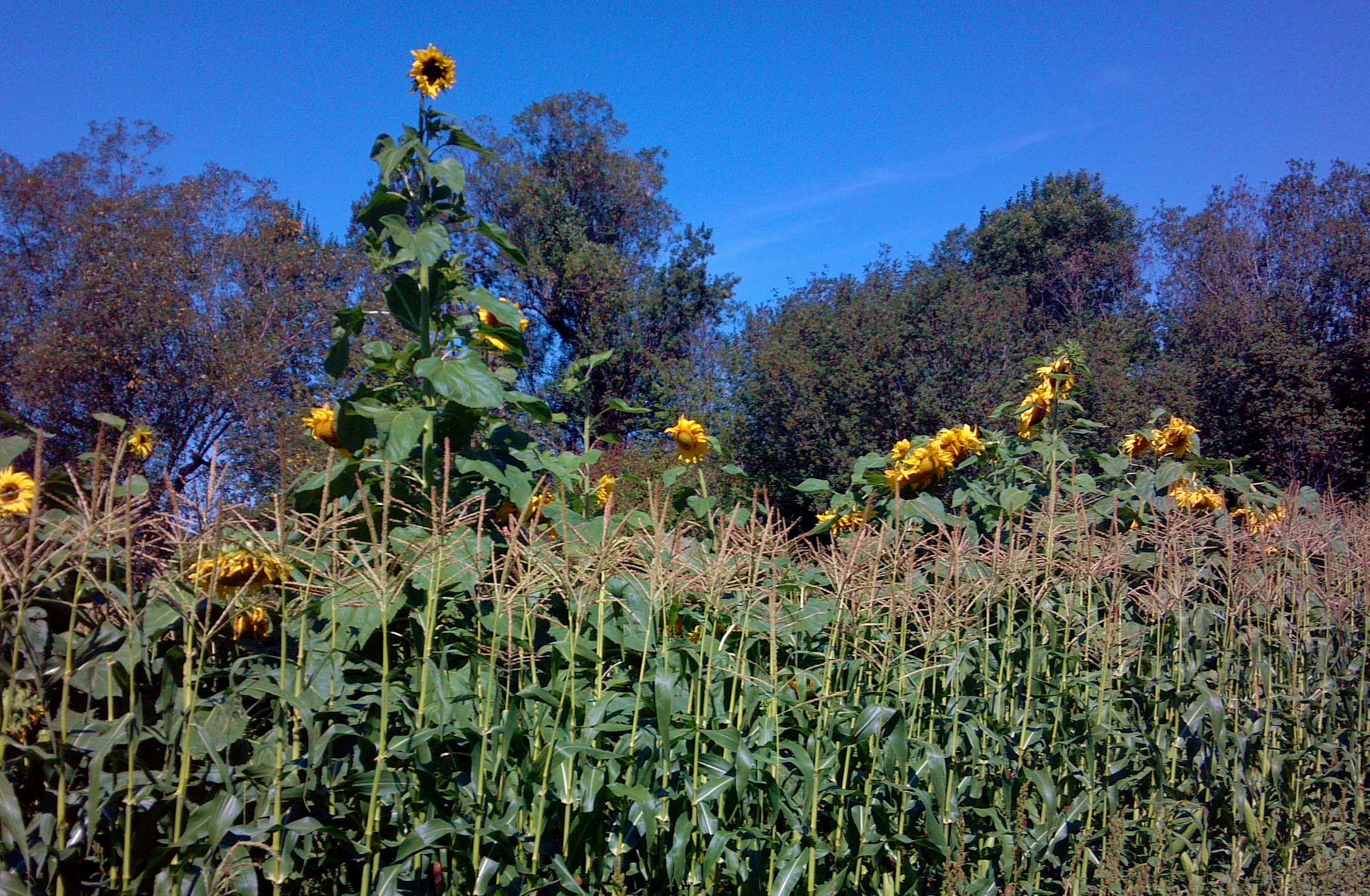
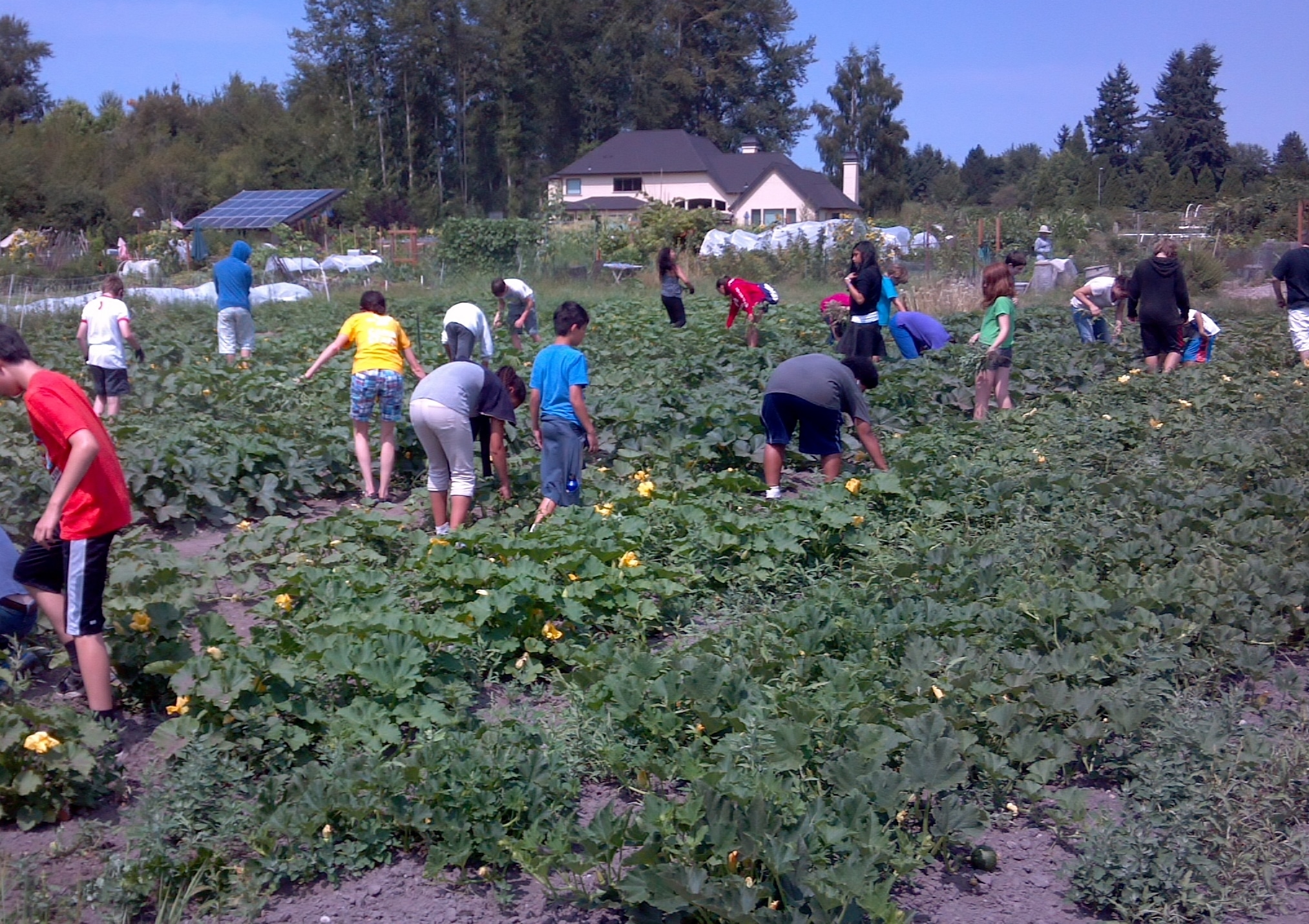
I often feel fall is a time of changes different from the other seasons and also comes from within. Perhaps, it’s because fall falls after summer’s bursting energy and radiance and offers such a contrast with inner energy and reflection. Such a shift in fall within corresponds to what we see on the farm as nature wears different colors of the season.
As summer departs and fall officially arrives, the fields are already displaying different colors and flavors. Pumpkins are turning orange 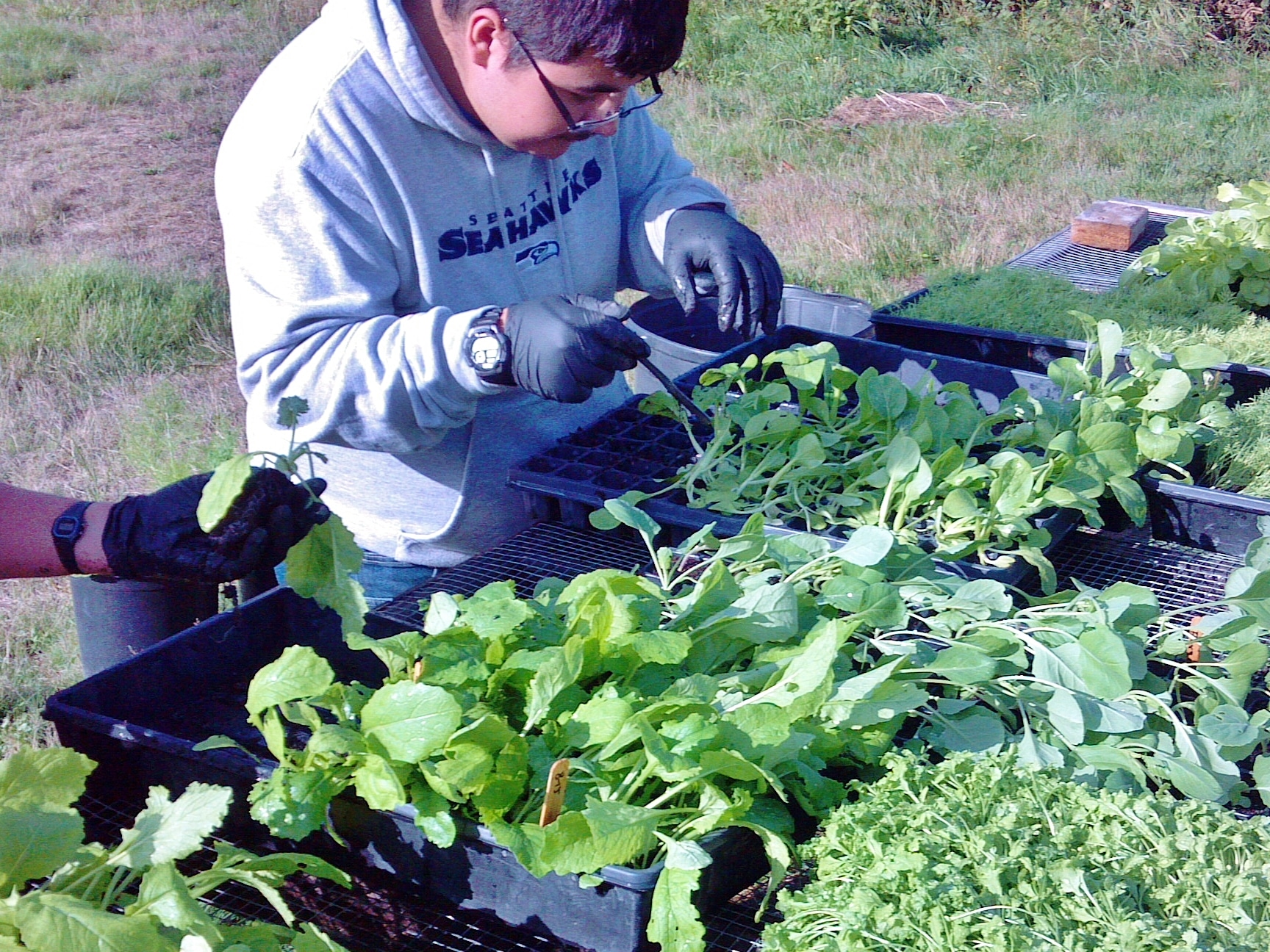
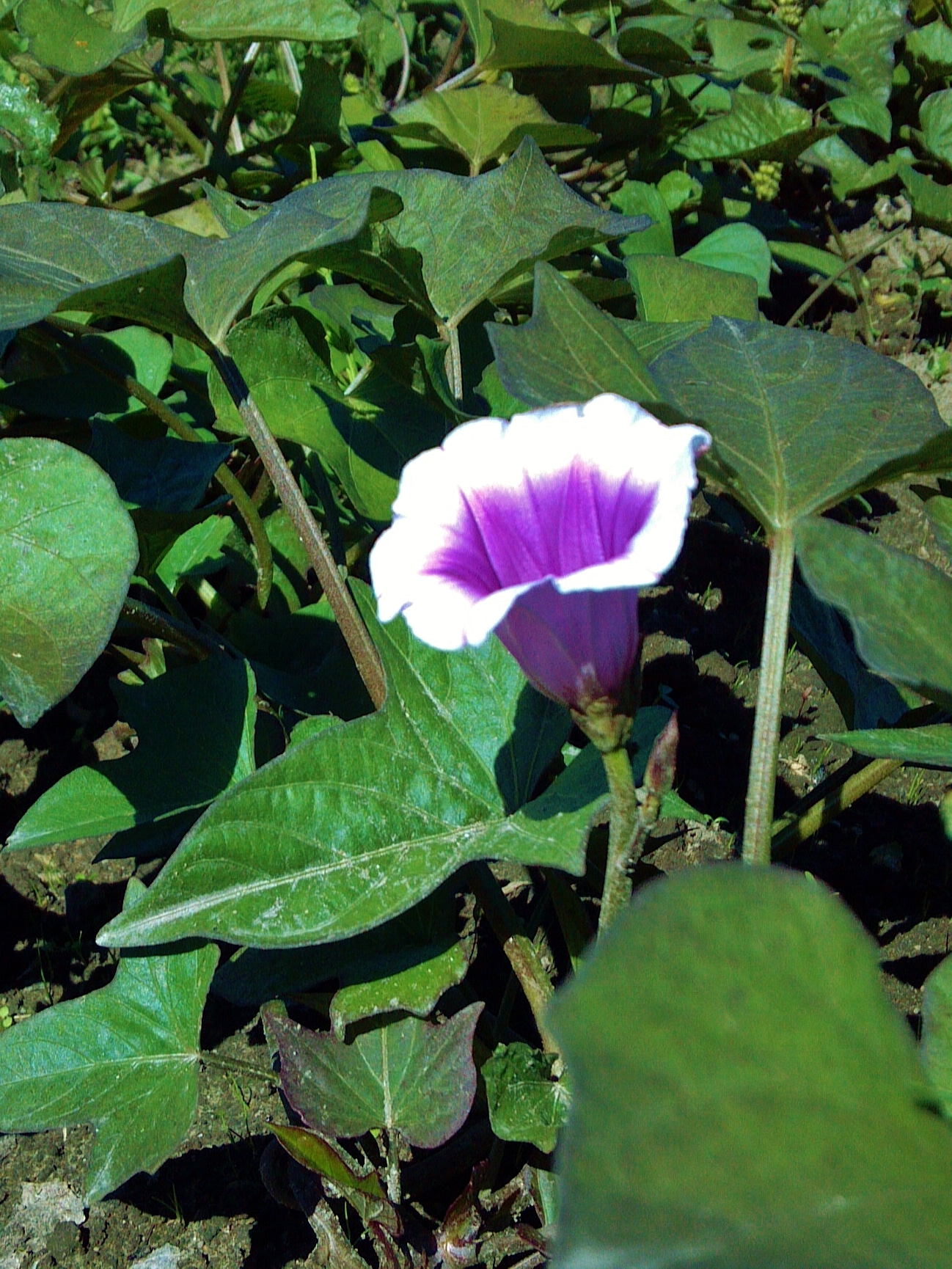
Summer cover crop to winter cover crop…..it was just a month ago when we planted summer cover crop/buckwheat. And now, it’s time for winter cover crop/winter rye. Cover crop is a vital and critical part of crop rotation and soil tilth. We’ve already planted winter rye in some of the areas where the season’s production has finished and the rest is to be cover cropped as harvest ends bed after bed.
WSU compost trial….we have been experimenting with compost in collaboration with Washington State University. The main purpose of the project is to evaluate compost performance in contributing to plants growth. We also decided to measure heavy metals in soils and plants with/without compost application. The following is a quick summary of the compost trial/2015 in our test field:
- Crops seemed to grow slightly better/larger in compost added site.
- Soil pH has slightly improved after using compost/2 applications….from 4.7 to 5.
- Some of heavy metals slightly increased in soils after applying compost.
- Some of heavy metals slightly increases/decreased in plants after applying compost.
- Weeds grew more in compost added area.
By the way, in our farm operation there are certain things we pay attention to and practice to do with climate change. From choosing 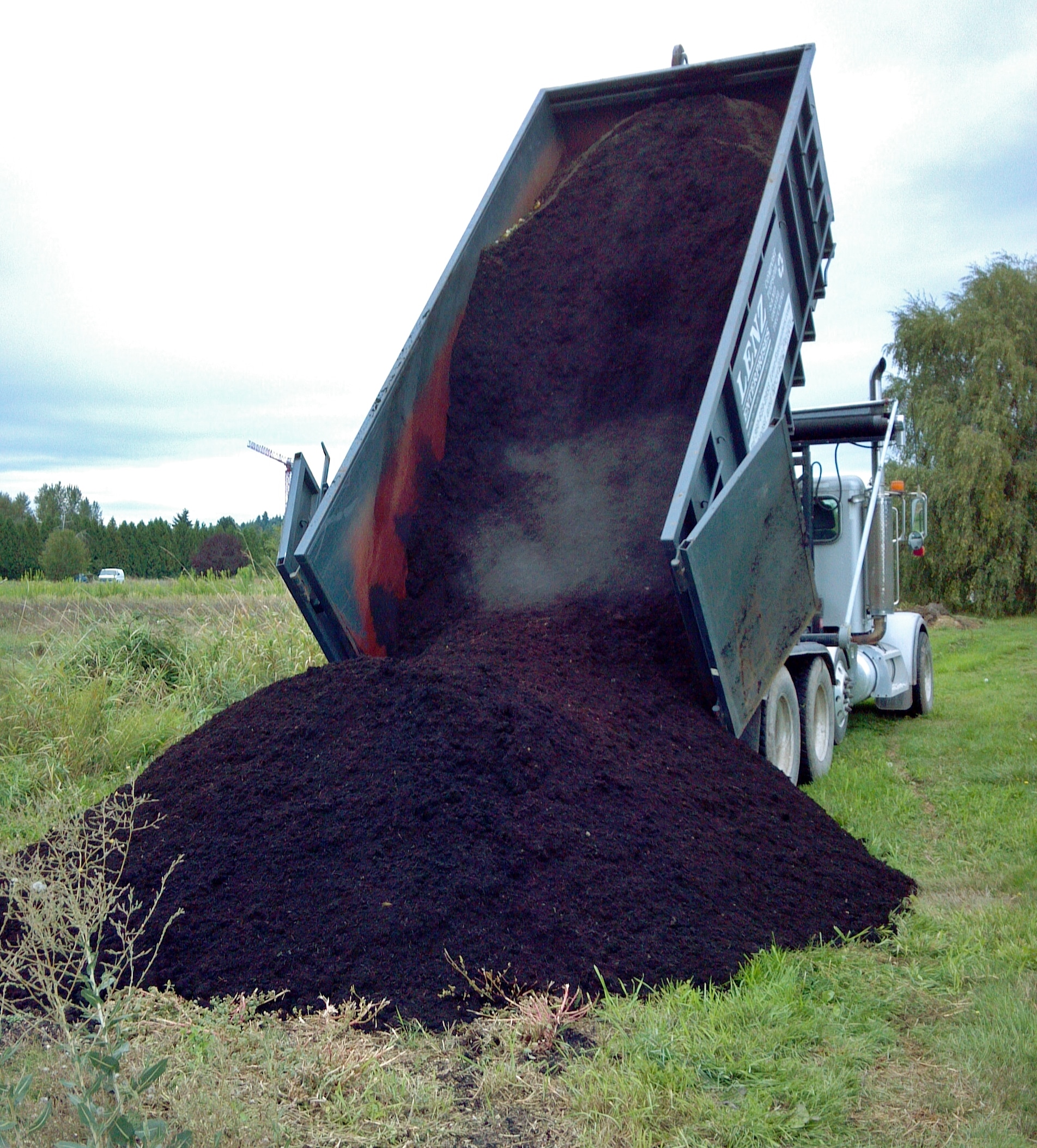

ter cup, carnival. Each variety has unique flavors and texture/colors. Be creative and prepare to savor them. Winter squash can keep for a long time if stored in a cool/dark/dry condition, so it’s ideal as a staple food for winter storage….and very nutritious.
That’s it for now. You can follow this update with pictures here.
Shasta Lake picture included….I took it on 9/7/2015 and the lake is one of the three major reservoirs in N. CA, providing water for farming and people. It shows how deep CA drought is.
Farmer John











 back to blog overview
back to blog overview


